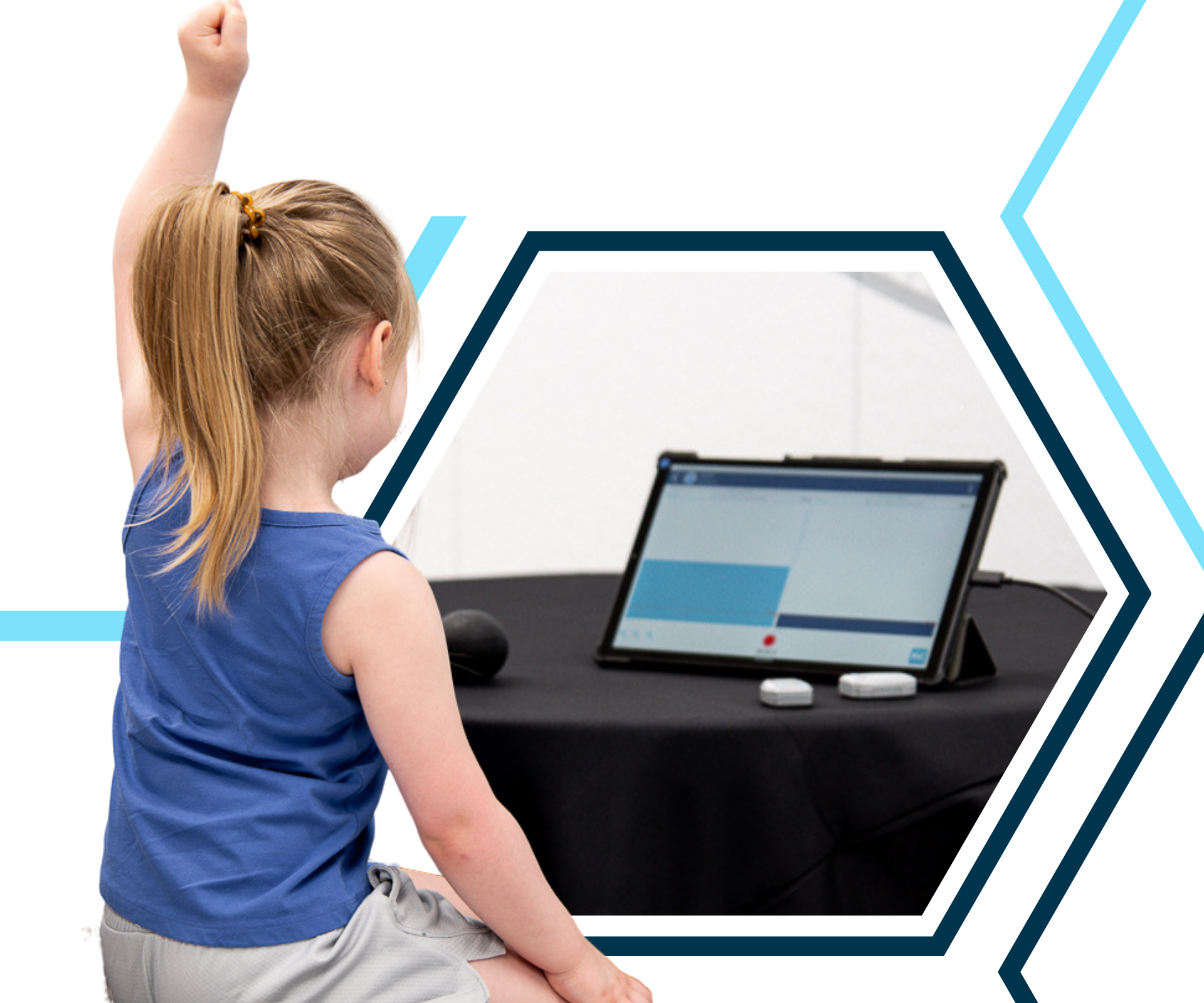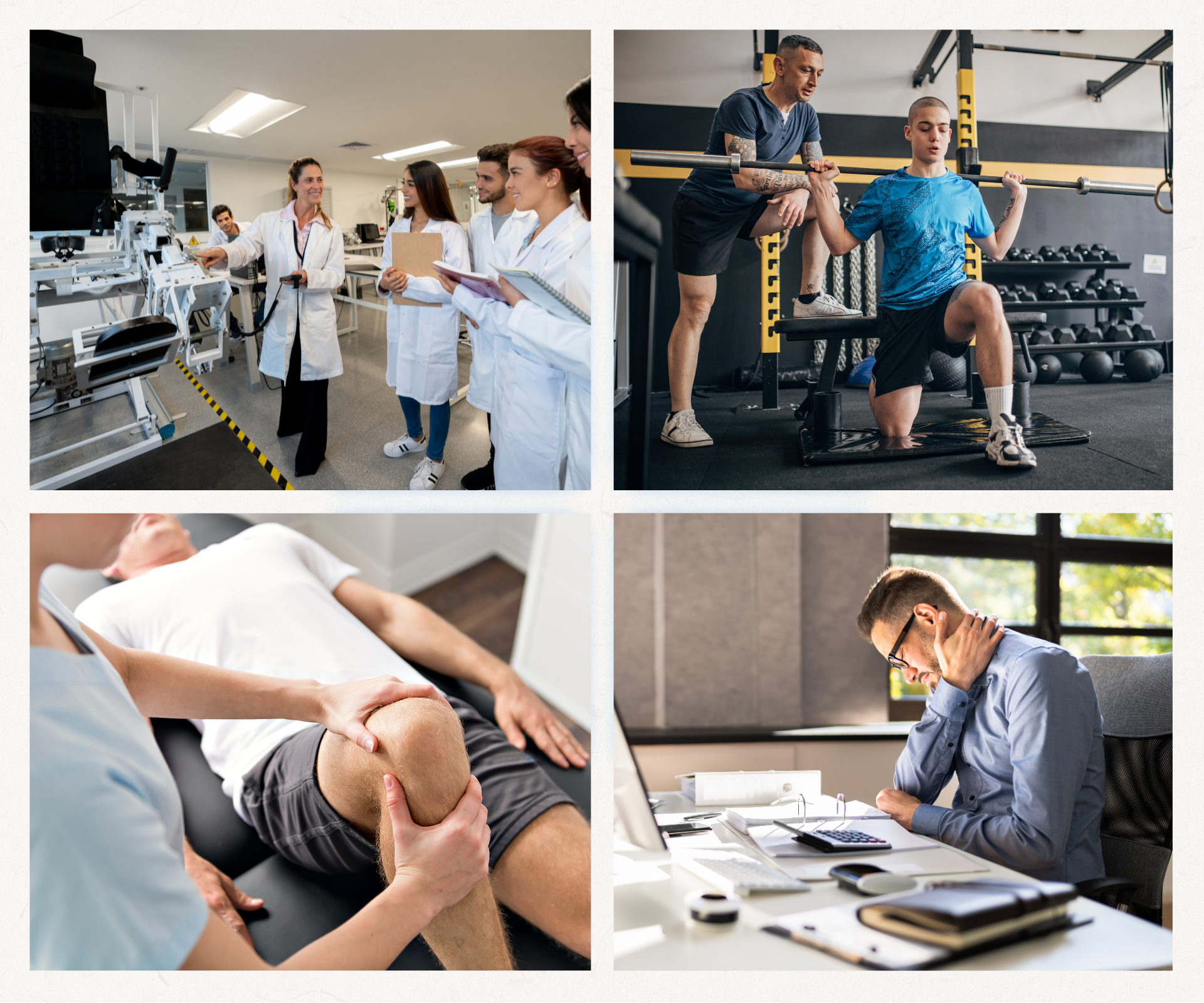Biomechanics may seem daunting at first glance. You might think that you need a doctorate to fully grasp everything biomechanics entails. While it’s true that extensive training is required to understand its complexities, biomechanics is something you interact with daily, often without realizing it!
What is Biomechanics?
In simple terms, biomechanics is the study of movement. It applies mechanical principles to living beings, examining how they move and exist in the world. Biomechanics influences various aspects of your life, from how you tie your shoes to the design of the phone in your pocket.

Everyday Applications of Biomechanics
Every time you perform a physical activity, biomechanics is at play.
For instance:
- Tying your shoes: The coordination and movement of your fingers and hands involve intricate biomechanics.
- Walking: Your gait and posture are influenced by biomechanics, affecting your overall health over time.
- Playing sports: Analyzing muscle activation during a game of hopscotch or examining joint angles during a baseball pitch are practical applications of biomechanics.
Why is Biomechanics Important?
Understanding biomechanics offers numerous benefits:
- Research: It helps scientists study the effects of movement in specific situations.
- Rehabilitation: Physical therapists use biomechanics to develop specialized rehabilitation programs tailored to individual needs.
- Training: Coaches create custom training programs based on biomechanical analysis to improve performance and reduce injury risk.
- Ergonomics: Ergonomists design safe and comfortable products and workspaces by applying biomechanical principles.

The Growing Role of Biomechanics
While biomechanics is still relatively new in mainstream clinical and athletic fields, it is increasingly recognized as a valuable tool for objectively studying human movement. This growing acceptance is leading to better training methods, more effective rehabilitation, and innovative product designs that enhance everyday life.
So, even without a specialized degree, you already have firsthand experience with biomechanics every day. By understanding its basic principles, you can appreciate the science behind the movements and actions that shape your daily activities.


